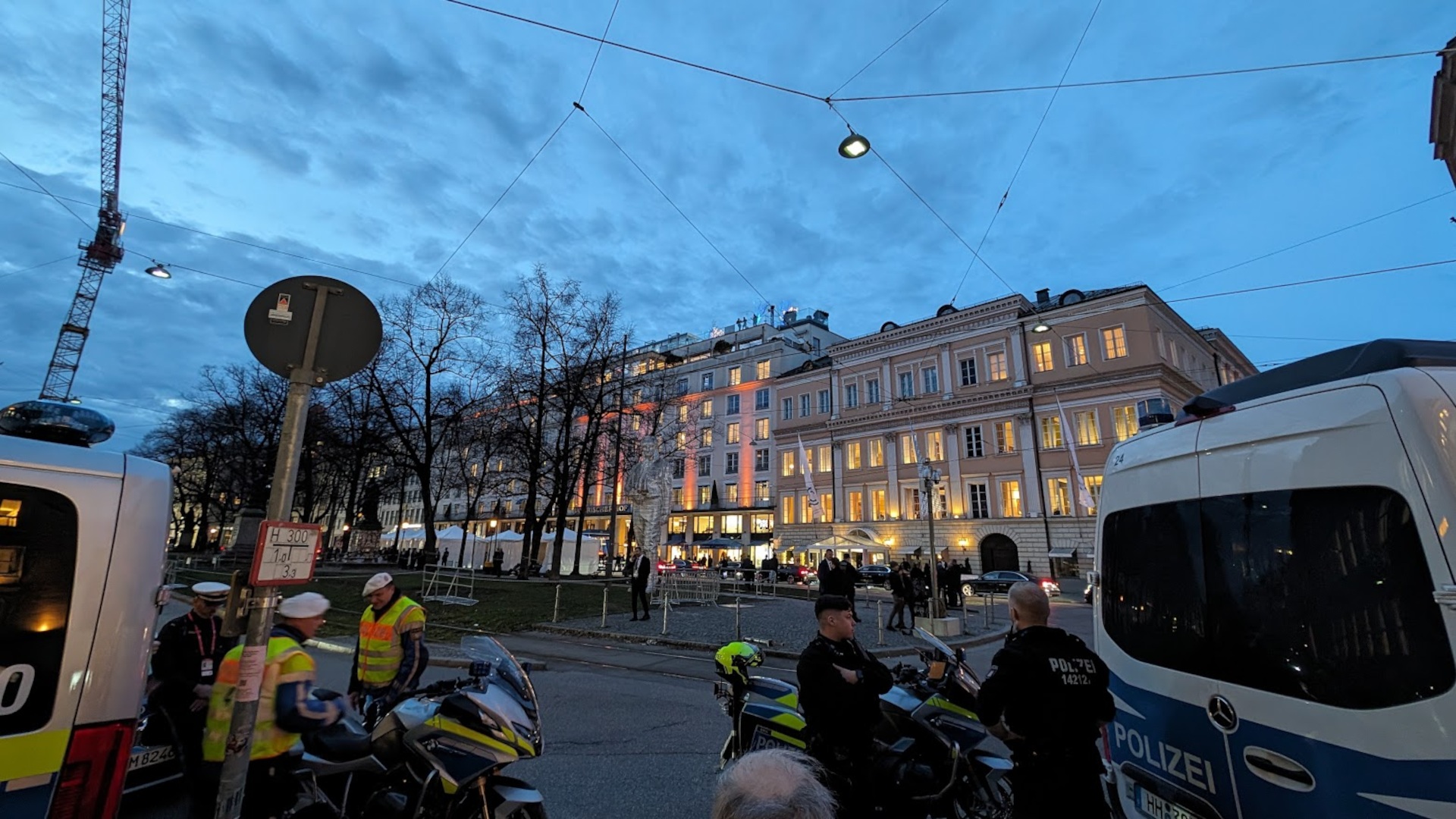Munich | This weekend, more than 50 heads of state and government as well as dozens of ministers from all over the world are meeting at the Munich Security Conference (MSC). The relevance of the conference is only surpassed by the UN General Assembly in New York. While the focus of the meetings is on global security policy - reliable digital signage based command and control rooms have become an essential tool for providing global security.

Mission Critical: Digital Signage in the Event of a Crisis
Helicopters have been hovering over the invidis newsroom for hours and countless police cars have been parked in front of our door. It’s February again and time for the Munich Security Conference. Of course, the immense security has nothing to do with invidis or digital signage. The Munich Security Conference entails a gigantic security effort. Only those who have been thoroughly vetted are allowed around the Bayerischer Hof conference hotel. Munich airport becomes a parking lot for more than fifty government aircrafts and one government convoy after another rushes through the city.
World politics is coming to Munich for three days, and there is certainly no shortage of topics: wars in Ukraine and Israel, a looming second term in office for Trump who questions the entire NATO organization and then, on the opening day, the death of the Russian Kremlin opponent Alexei Navalny. Probably no room for topics that at first glance seem as insignificant as digital signage or command and control rooms.
And yet the digital signage industry is playing an increasingly important role. Fully connected armed forces, remotely controlled drones, cybersecurity – almost every human and technical asset is monitored and controlled remotely. This requires high-resolution visual solutions such as LED and LCD video walls. The operational stability of digital signage installations is not only business critical but mission critical. No wonder that global demand for command and control systems has increased in recent years.
Professional hardware Made in China
C&C projects are not scalable roll-outs, but rather tailor-made solutions that can rarely be shared with the public. Digital signage professionals regularly share behind closed doors some of the challenges of providing mission critical projects to security services. Professional hardware is key, especially solutions with hot-swapable components (power supplies, pixel cards, etc.) and special IP-based software solutions in order to be able to display the appropriate signal sources in large format and in a flexible arrangement in the event of a crisis.
In addition to product features, there are new special requirement emerging in recent projects: Manufacturing and assembly of visual solution components at a safe location. Instead of Made in China, security authorities are looking for hardware components that were assembled outside of China. Ideally the solutions are Made in Europe like Samsung’s or Leyard’s. Especially in North America, Made in China is now an exclusion criterion for mission critical applications.
